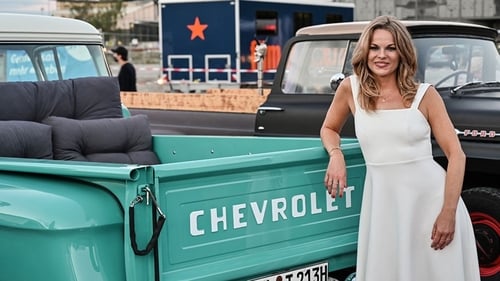
Gaffer
한 소녀가 목숨을 끊는다. 수녀원에서 지내던 소녀의 동생 엘리자베스는 집으로부터 온 전갈을 듣는다. 이제 맏이가 된 그는 집안의 노동력에 도움을 줘야 한다. 돌아가기 싫은 소녀는, 자신의 기도가 어디서 잘못됐는지 묻는다. 엘리자베스와 세 청년은 숨 막히는 공간에서 벗어나려고 몸부림치지만 매번 벽에 가로막힌다.

Cinematography
A spirit of optimism, structural change, emancipation: by showing excerpts from his films such as LIEBE, SO SCHÖN WIEBE (1971), SYLVIE (1973), IDOLE (1976) and AMORE (1978), Klaus Lemke tells his story of the decade, now half a century ago, that was so formative for Munich, with sentences such as: "Back then, we all thought life was eating out of our hands, then in the '80s we became fodder ourselves."

Director of Photography

Director of Photography
The film is part of Lemkes never-ending Munich series, but this time it leads beyond Schwabing or Maxvorstadt, which makes it more entertaining than its predecessors. After a stop at the Bayrischer Hof, it moves into the Glockenbachviertel, over the Reichenbachbrücke to the Isar, further into the suburbs. These places are not alien to residents of Munich or tourists, but Lemke knows no tour guide romance. He has the usual group of main characters, two or three girls, a young man, and sends them off as if on a great expedition. They bring along the Lemkestyle, which doesn't fit in anywhere, but works like a contrast medium. Their fantasy figures make the reality around them more real.

Director of Photography
On the run from her ex-lover, Judith hides in the toilet at the Munich Art Academy. In the basement. She wants to hijack the snobbish art scene with a scandal video.

Camera Operator

Director of Photography


